Walmart vs Amazon Explained: A Comprehensive 2025 Comparison Guide
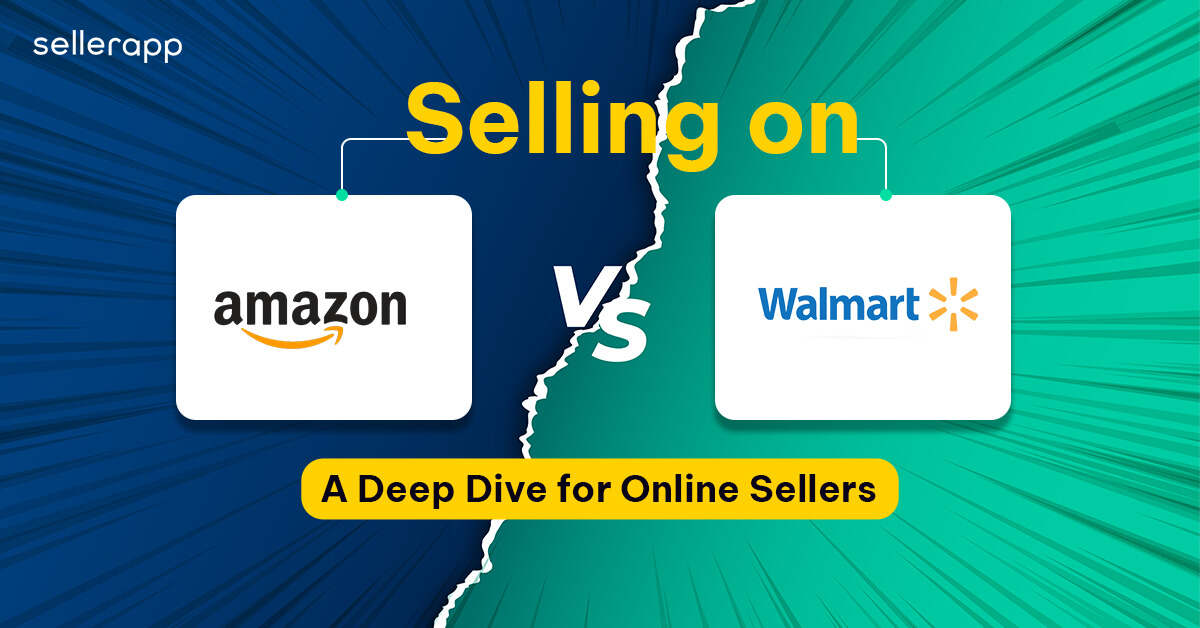
When it comes to ecommerce dominance, Walmart vs Amazon is a debate that continues to shape the e-retail industry. Both giants have distinct strategies that cater to different consumer needs.
For example, Amazon captures nearly 40% of all online sales in the US, while Walmart is quickly gaining ground as the 2nd largest online retailer.
For brands and sellers, having a presence on at least one of these marketplaces is crucial to growth, whether it’s selling on Walmart vs Amazon or choosing between Amazon vs Walmart platforms.
However, Amazon and Walmart each come with their own unique pros, cons, and requirements.
In this comprehensive guide, we’ll do a deep dive into each marketplace’s key differences, pros, and cons so you can determine the best strategy for your business. Read on for a data-rich analysis across 9 key factors:
In this Guide:
- Retail and E-commerce Market Share
- Selling Fees
- Onboarding and Listing
- Pricing and Buy Box Competition
- Shipping and Fulfillment
- Performance Standards
- Customer Service
- Final Thoughts
Walmart vs Amazon: Which Marketplace is the Best?
Retail and E-commerce Market Share
First, let’s set the stage with some hard numbers on the E-commerce footprint of Amazon and Walmart and their overall dominance in U.S. retail. After all, a frequent debate in ecommerce is Amazon vs Walmart sales—who is really leading in growth, profitability, and customer reach?
Amazon Still Reigns Supreme in E-commerce
Regarding the U.S. e-commerce market share, Amazon is still the undisputed leader.
According to eMarketer data, Amazon captured 37.6% of American online retail spending in 2023. And it accounts for nearly $2 of every $5 spent on e-commerce.
As the COVID-19 pandemic turbocharged online spending, Amazon reaped the rewards.
Amazon’s net sales in 2023 Q3 were $143.08 billion, up 13% year-over-year from $127.10 billion.
Amazon’s net sales for the twelve months ending September 30, 2023, was $554.028 billion, a 10.32% increase year-over-year. Additionally, over 50% of U.S. households now hold an Amazon Prime membership.
As a result, brick-and-mortar retailers without any online presence are getting hammered by online shopping. In this scenario, Amazon stands extremely well-positioned to dominate U.S. e-commerce in the coming years.
Walmart Finally Gaining Traction Online
However, Amazon does face a serious challenger from an unexpected rival: the world’s largest retailer, Walmart.
Walmart has emerged as a serious challenger to Amazon in the e-commerce space. The company has found its e-commerce footing and is now solidly established as America’s #2 online marketplace.
By October 31, 2023, Amazon had generated $638.785B in online sales, a 6.44% increase year-over-year.
Walmart’s overall share of U.S. online sales climbed from 5.4% in 2019 to 6.4% in 2023.
Much of this surge is driven by soaring online grocery purchases, as stay-at-home shoppers flock to Walmart’s delivery and pickup services because of convenience. By leveraging its expansive brick-and-mortar footprint to enable delivery/curbside pickup from over 7,000 locations, Walmart also sidestepped the crippling fulfillment center strains experienced by Amazon.
This competitive edge plays a key role in the Walmart vs Amazon e-commerce landscape, as Walmart continues to grow its digital presence.
As a result, Walmart leverages its dominant position in essential items like food, cleaning supplies, and paper goods. Ultimately, the Walmart vs Amazon battle will continue to shape the future of online and offline retail as both companies refine their strategies and compete for dominance.
Additional resources: Surprising Walmart Facts and Statistics That Will Blow Your Mind
Selling Fees
When weighing Walmart vs Amazon, seller fees are an important consideration. What will it cost you to sell products on each platform? How do the fee structures compare?
Broadly speaking, Walmart is the lower-cost option – Amazon sells at higher volumes but charges higher commissions and activity fees. However, let’s dig into the specifics across both marketplaces:
Amazon: More Fees, But Access to Volume
Amazon charges monthly subscription fees to sellers, unlike Walmart. Their “Individual” plan starts at $0.99 per month for up to 40 orders/month, while the “Professional” seller plan runs $39.99 monthly.
Amazon collects referral fees for product sales ranging from 8-15% of the total sales price. Some extremely high-volume categories, like Amazon Devices, incur a 20% referral charge. Additionally, some media categories require a per-item “variable closing fee” of around $1.80 per sale.
If selling using Fulfillment by Amazon (FBA), additional charges come into play:
- FBA Pick and Pack Fees: Charged per unit based on size/weight
- FBA Weight Handling Fees: Charged per unit based on weight
- FBA Storage Fees: ~$2.40 per cubic foot of storage space (higher during Q4 peak – up to $4.80/cubic foot if over two months storage)
- FBA Removal Order Fees: If inventory doesn’t sell and must be removed/returned
- Many optional add-on programs and features – like coupon creation, reverse logistics, and image services – incur additional fees. Review them carefully to avoid surprise charges.
The key takeaway? Amazon has a high volume upside, but you must be prepared for numerous fee categories.
Walmart: Leaner Fee Structure But Lower Volumes
In contrast to Amazon, Walmart does not charge monthly seller subscriptions or closing order fees.
Instead, you only pay Walmart:
- Referral fees on each sale: Rates range from 6-20% based on product category
- WFS storage/handling fees if enrolled in their Fulfillment Services
That’s it! While Amazon charges sellers various extra fees, Walmart keeps it simple with just referral fees.
However, Walmart also drives substantially lower sales volumes than Amazon. You’ll enjoy cheaper activity costs per sale – but likely fewer sales. For sellers comparing Amazon prices vs. Walmart, lower fees on Walmart can make up for the smaller customer base, depending on pricing strategy.
So, you must determine if lower platform fees outweigh the revenue upside of Amazon’s reach.
One additional cost component unique to Walmart is UPC requirements.
All Walmart marketplace listings require GTIN barcodes/UPCs to help distinguish products. If your items don’t have UPCs already, you must purchase them or obtain exemptions. This eats into margins, especially for new sellers with many uncoded products.
While Amazon’s marketplace is known for its vast seller competition, Walmart vs Amazon presents a lower-barrier-to-entry option for sellers looking to establish a foothold in e-commerce with lower fees and a less crowded market.
Onboarding and Listing
How easy (or challenging) is it to start selling on Amazon and Walmart? Let’s compare and contrast:
Amazon: High Automation but Frequent Policy Shifts
Thanks to heavy automation, Amazon offers new sellers a seamless onboarding experience. Just open a Professional seller account for $39.99/month, link bank/tax details, and you’re ready to list products. No lengthy application or approval waits.
Creating new listings is also streamlined with the “Bulk Upload” feature. Amazon has also introduced the ability to “clone” existing listings to accelerate new product launches.
However, while onboarding is quick, understanding and adapting to Amazon’s rules, policies, and listing changes presents a steep learning curve. Requirements frequently shift across 100,000+ product categories – causing headaches for new sellers.
The takeaway? Amazon allows fast onboarding and listing creation but requires a sharp focus on ever-changing categories and policies.
Walmart: High Scrutiny But More Stability
All new Walmart sellers must submit a detailed application outlining the following:
- Business verification docs (W9, EIN, business licenses)
- Prior online sales history & experience
- Product Catalog & supplier details
- Ability to meet extensive performance metrics
Walmart thoroughly vets each application, assessing product quality, order accuracy potential, seller stability, and other qualifications.
Many applicants get rejected if there are deficiencies to stand out in Walmart’s priority categories.
The application experience can stretch 6-8 weeks from initial submission to final approval.
Once approved as a Marketplace Retailer, Walmart also imposes listing hurdles like:
- Requiring 5-10 sample products to list upfront
- UPCs on every SKU
- Stricter shipping policies like name-brand packaging restrictions
So Walmart onboarding demands far more effort versus Amazon.
But in return, you gain remarkable listing clarity and policy stability. Approved sellers enjoy access to dedicated Walmart reps plus clear, consistently enforced category rules.
Despite 30K+ SKUs, you won’t encounter many surprises once officially selling.
The takeaway? Walmart forces a slow, rigorous entry but provides exceptional transparency and support post-approval.
Selling on Walmart vs Amazon: Pricing and Buy Box
Walmart vs Amazon becomes a key discussion point when analyzing pricing strategies. While Amazon focuses on dynamic pricing driven by AI, Walmart capitalizes on its everyday low-price model.
Pricing optimization and winning buy boxes are integral for marketplace sellers. How do Walmart and Amazon compare on these fronts?
Amazon: Brutal Competition but Powerful Pricing Tools
Put simply, the Buy Box competition on Amazon is extreme.
Over 2 million active sellers fiercely battle for the coveted “Add to Cart” button on every product page.
While pricing represents one of the main drivers for winning buy box status, it’s not the only factor. According to SellerApp experts, the elements below (in order) play an important role in Buy Box dominance:
- Fulfilled By Amazon (FBA) participation: FBA listings will beat non-FBA offers at identical prices roughly 80% of the time
- Price + Shipping Total: Lower cost wins if all other variables are identical
- Seller Record: Your performance metrics around order defects, cancellations, and late shipments
- Product Availability: In-stock offers beat out-of-stock when prices are identical
- Seller Feedback Score: 500+ positive ratings improve odds
Still, competitive pricing remains hugely impactful, especially because individual sellers can’t control every variable except pricing. So, it’s an effective strategy to use repricing to keep your Buy Box placement.
Walmart: Less Competition But Rigid Policies
Compared to Amazon, pricing at Walmart comes with pluses and minuses.
The biggest positive? Substantially less seller competition. Walmart Marketplace currently hosts around 150,000 sellers – compared to nearly 2.3 million sellers on Amazon.
This makes winning Buy Box more readily achievable, especially for diligent sellers who maintain top-ranked pricing.
Unlike Amazon, Walmart prohibits third-party repricing software that automatically adjusts offer pricing.
Any seller changes must happen manually once per day.
While repricing restrictions require more labor, they also curb pricing volatility from hyper-aggressive bot repricers.
However, Walmart’s marketplace operations team carefully monitors seller pricing across all listings.
And they maintain strict policies around pricing compliance:
- Price Parity Rule: If a seller lists a product for a lower price on another website, the Walmart listing gets removed
- Price Leadership Policy: If ANY competing seller lists an identical product at a drastically lower price on Walmart or elsewhere, they’ll force you to match it or remove your listing
These unforgiving policies catch many sellers out of the blue. Even temporary price discrepancies trigger immediate listing removals, forcing expelled sellers to open support tickets pleading for reactivation.
The takeaway? Walmart offers sellers less head-to-head competition but zero pricing flexibility.
Savvy sellers use carefully structured pricing frameworks to avoid policy violations. If your margins tolerate razor-thin profits, then Walmart presents attractive ROI potential.
Shipping and Fulfillment
Order fulfillment represents a vital marketplace variable. Let’s explore how Walmart’s and Amazon’s shipping/fulfillment models align and differ.
Amazon: Fulfilled By Amazon (FBA) Rules
Given Amazon’s Prime membership base of over 150 million loyal subscribers, winning Buy Boxes essentially requires complimentary two-day shipping.
And the only way sellers can reliably deliver Prime orders (without expensive Seller Fulfilled Prime qualification) is by using Fulfillment By Amazon.
Under the FBA model, sellers ship their inventory in bulk to Amazon warehouses. When an order arrives, Amazon handles picking, packing, shipping, and returns/exchanges without seller involvement.
FBA provides sellers with tremendous logistical simplicity. However, it does come with notable downsides like:
- Lengthy standard shipment times getting inventory into FBA facilities
- Steep long-term storage fees for slow-moving inventory
- Sudden category access revocations or stricter requirements
For example, during the early COVID crisis, Amazon barred all non-essential items from entering FBA warehouses for weeks. Only sellers with independent fulfillment channels could continue non-essential sales.
Still, for high-volume sellers, the benefits outweigh the risks. Amazon has aggressively expanded its U.S. logistics/delivery infrastructure to now include:
- 110+ Fulfillment Centers
- 150+ Package Sortation Facilities
- 50+ Amazon Air Regional Air Hubs
- A fleet of cargo planes and branded semi-trucks
So despite periodic hiccups, Amazon remains the seller’s most reliable and performant fulfillment solution.
Walmart: First-Party and Alternative FBA Options Gain Steam
Another critical aspect of Walmart vs Amazon is logistics. Amazon’s fulfillment network is powered by an extensive warehouse system and last-mile delivery efficiency, whereas Walmart leverages its vast store network for hybrid fulfillment.
Like Amazon’s marketplace, Walmart’s Marketplace is also heavily catered to third-party sellers handling their own shipping/fulfillment.
However, recognizing the soaring popularity and subscription fees of Amazon FBA,
Walmart recently unveiled Walmart Fulfillment Services (WFS)
Under WFS, approved sellers ship pallet loads of inventory to Walmart warehouses. When an order arrives, Walmart picks, packs, and ships orders to customers in Walmart-branded boxes, just like Amazon.
For items not managed under WFS, Walmart also offers Fulfilled By Merchant sellers special badges if they can meet Two-Day shipping timelines.
However, WFS remains extremely limited relative to FBA.
Fortunately, Walmart Marketplace has approved several alternative fulfillment partners that new sellers can leverage for Prime-like shipping without WFS, including ShipHero, ShipBob, ShipHype, Rakuten Super Logistics, Simpl Fulfillment, ShipMonk, Easyship, Shipwire
The takeaway? Unless you gain the privilege of Walmart Fulfillment Services access, leverage multi-purpose 3PLs for effective fulfillment.
Most importantly, it’s essential to understand which marketplace, Walmart vs Amazon, will contribute to your long-term profitability. While the revenue differences between Walmart vs Amazon highlight Amazon’s larger scale, Walmart’s growing e-commerce segment is steadily narrowing the gap, particularly in essential goods.
Amazon vs Walmart: Performance Standards
Amazon and Walmart also assess sellers differently. Let’s examine their key performance metrics and enforcement policies.
Amazon: Tailored Metrics for Sellers and Vendors
Amazon Marketplace outlines three core measurements for sellers:
- Order Defect Rate (ODR): Total defective orders/total orders over 60 days (target under 1%)
- Pre-Fulfillment Cancel Rate: Total pre-shipment cancellations/total orders over 7 days (target under 2.5%)
- Late Shipment Rate: Total late shipments/total shipments over 7 & 30 days (target under 4%)
“Defects” comprise negative seller feedback, A-to-Z guarantee claims, and chargebacks – all of which can tank profitability.
After multiple violations, Amazon can suspend your seller account.
Walmart: Just Three Core Standards
Unlike Amazon, Walmart Marketplace only judges sellers on three numbers:
- Order Defect Rate (ODR): Total defects/total orders over the past 90 days (target under 2%)
- On-Time Shipment Rate: Total on-time shipments/total shipments (target over 99%)
- Valid Tracking Rate: Total valid tracking #s/total shipments (target over 99%)
If any of the above rates fail, Walmart issues warnings by email. Consistent failures to meet the requirements can lead to account suspension.
However, Walmart tends to work with sellers through issues instead of immediately suspending them.
Their policy team provides clear requirements around a “Plan of Action” to remedy defects over a probationary period. If the Plan of Action succeeds and metrics improve, you avoid sanctions.
This collaborative culture helps sellers manage seasonal peaks where meeting every SLA proves infeasible.
The takeaway? Walmart maintains a much narrower performance focus but generally shows greater leniency than Amazon. For those deciding whether to sell on Walmart vs Amazon, pricing control and Buy Box strategies are crucial considerations. Their partner-centric approach leaves more margin for error for struggling sellers.
Walmart Marketplace vs Amazon: Customer Service Expectations
The Walmart vs Amazon rivalry is also evident in their customer servicer expectations. Amazon’s third-party marketplace has grown significantly, while Walmart is aggressively expanding its seller ecosystem to compete.
Amazon has fundamentally shaped modern consumer expectations for shoppers, largely driven by the popularity of its Prime membership program.
Prime members (over 150 million globally) enjoy perks like free two-day shipping, video/music streaming, discounts, and other unheard-of benefits in online shopping just a decade ago.
As a result, today’s Amazon shoppers expect and demand ultra-fast, often free delivery with hassle-free returns and exchanges. They also rely on Amazon’s renowned customer support team, available 24/7 by chat or phone, to quickly handle any issues. Amazon has poured billions into supply chain and logistics capabilities to meet these expectations.
And Amazon holds its Marketplace sellers to similarly high standards to meet the customer service experience.
Fall short too often, sellers face account suspensions even for minor violations.
Walmart shoppers, conversely, often view customer service differently, given the company’s longstanding brick-and-mortar retail traditions.
Walking retail floors and speaking to store associates shapes service perceptions more traditionally: price matters most, questions get answered functionally, and complex issues route through managers. Waiting periods are more common.
Shipping times can take longer, returns may lack instant refunds, and support needs more patience.
As long as pricing stays highly competitive (a core Walmart ethos), less friction exists in customer service.
Final Thoughts
There’s no one-size-fits-all best marketplace when comparing Amazon vs Walmart for selling. The right fit depends on what’s most important for your business. The Walmart vs Amazon comparison extends beyond just marketplace policies—factors like sales volume, profit margins, and competition dynamics all play a role.
If sales volume and profit margin are your main goals, Amazon is likely the better option.
If control over your brand experience matters more, then Walmart could better suit you. Even though Walmart doesn’t have as many shoppers yet, they give sellers more flexibility. Use shipping partners like Deliverr and follow Walmart pricing rules closely.
No matter which marketplace you choose in the Amazon vs Walmart battle, using the right software tools is key. SellerApp Marketplace Intelligence tool consolidates all the necessary solutions into one dashboard to start and scale your e-commerce business.
The choice between sell on Walmart vs Amazon depends on your business’s priorities, whether that’s reaching the largest audience or maintaining control over your pricing and customer experience.
Take the first step toward selling success on Amazon and other top marketplaces with SellerApp today.



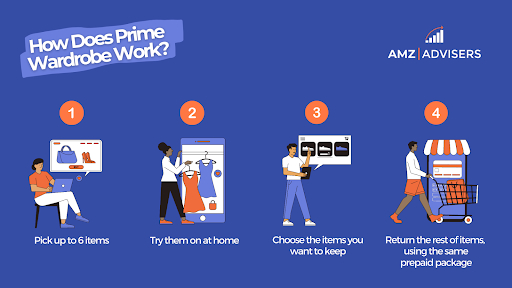


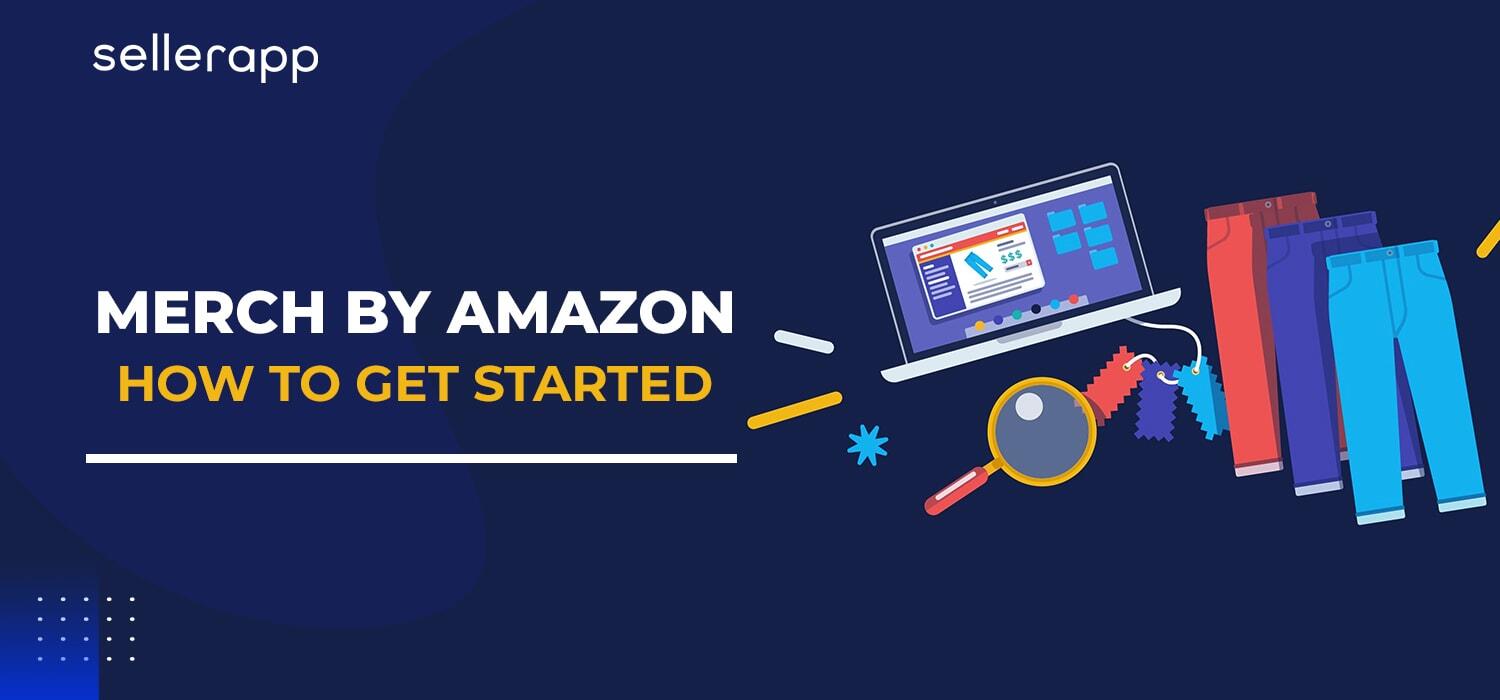


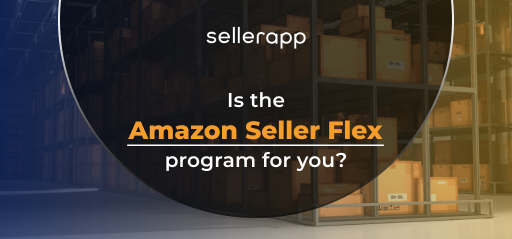
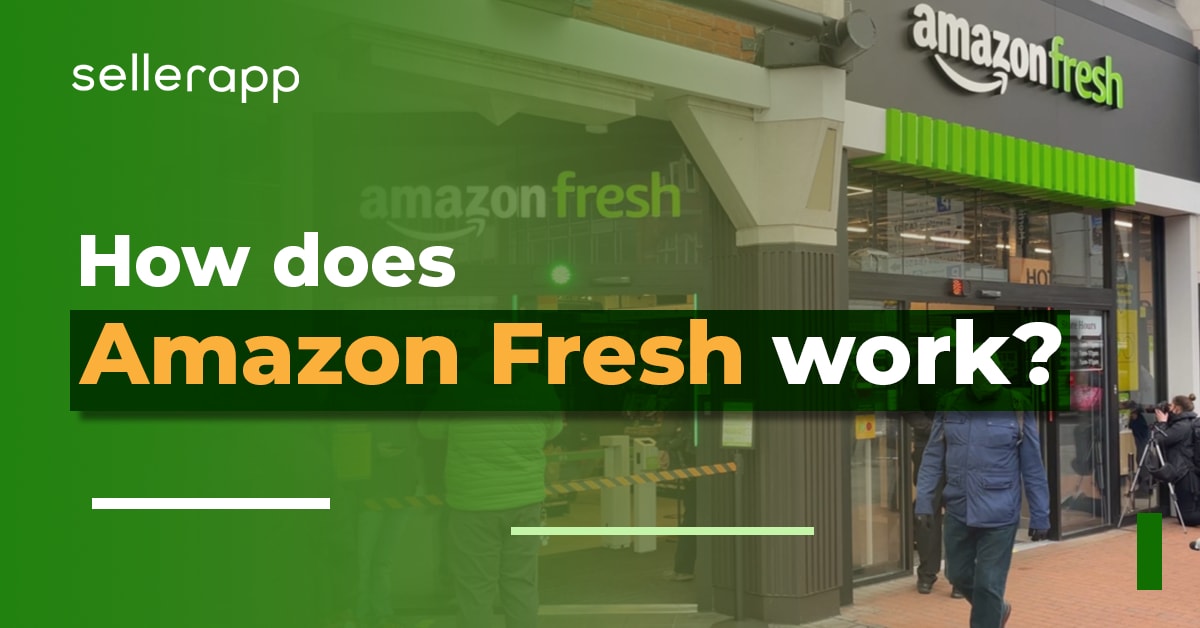
David Myth
April 6, 2024Excellent article!
Clare Thomas
May 24, 2024Thanks!
Smith Williams
April 22, 2024Superb article and I would really like to thank for your article it’s really helpful.
Clare Thomas
May 24, 2024Happy to hear this from you.
Autumn Rose
April 23, 2024Great post! content is very useful, Thanks for sharing the information.
Clare Thomas
May 24, 2024Glad that you liked it.